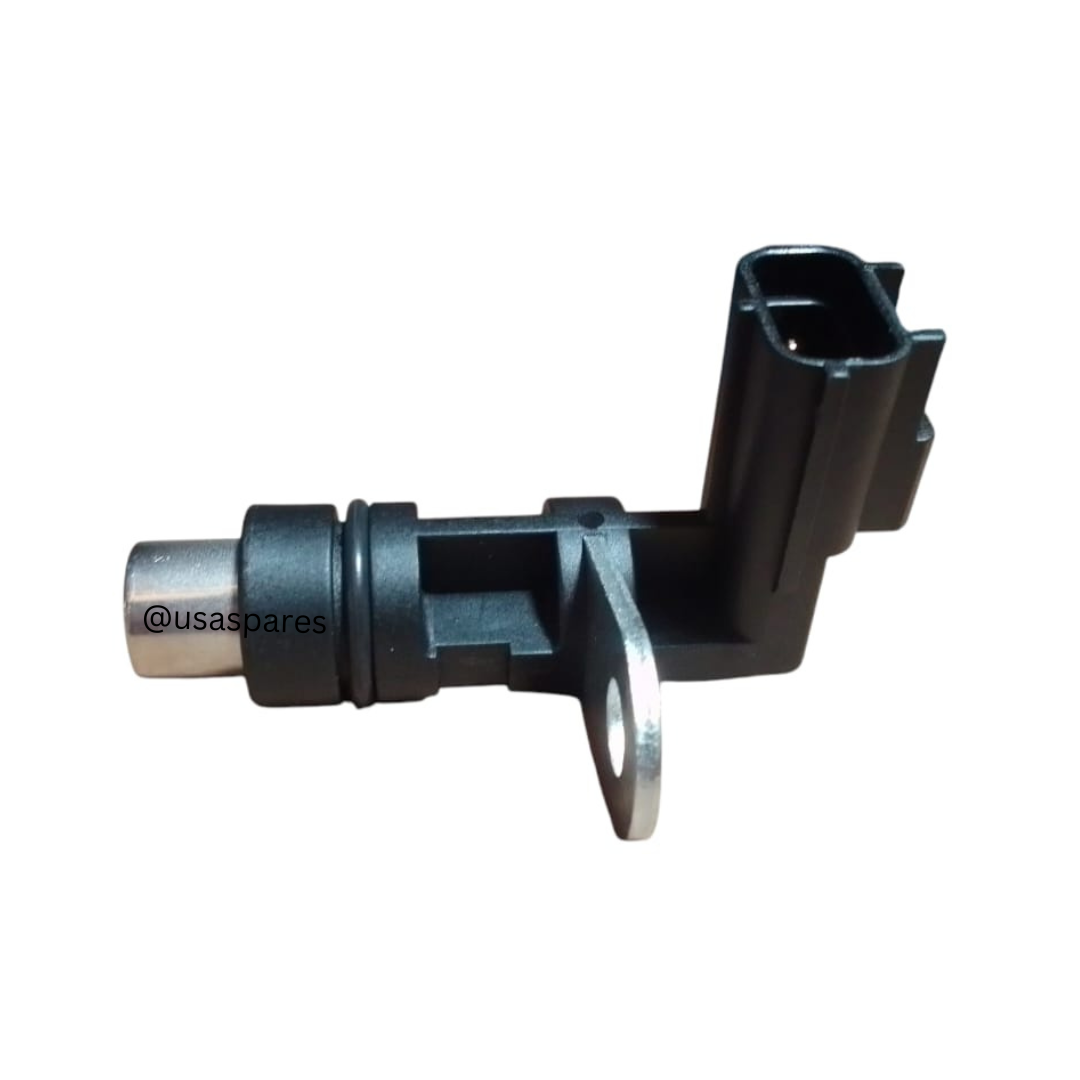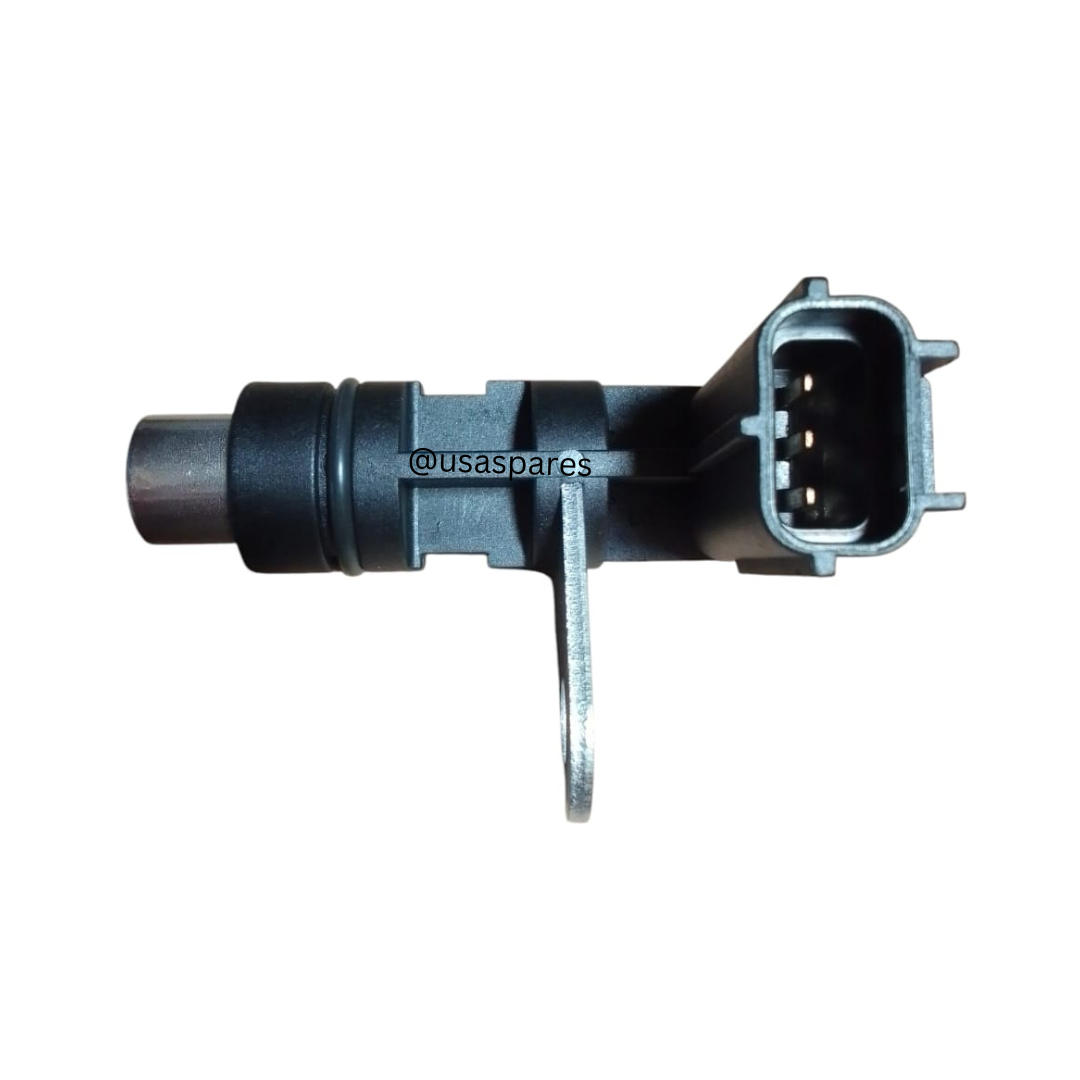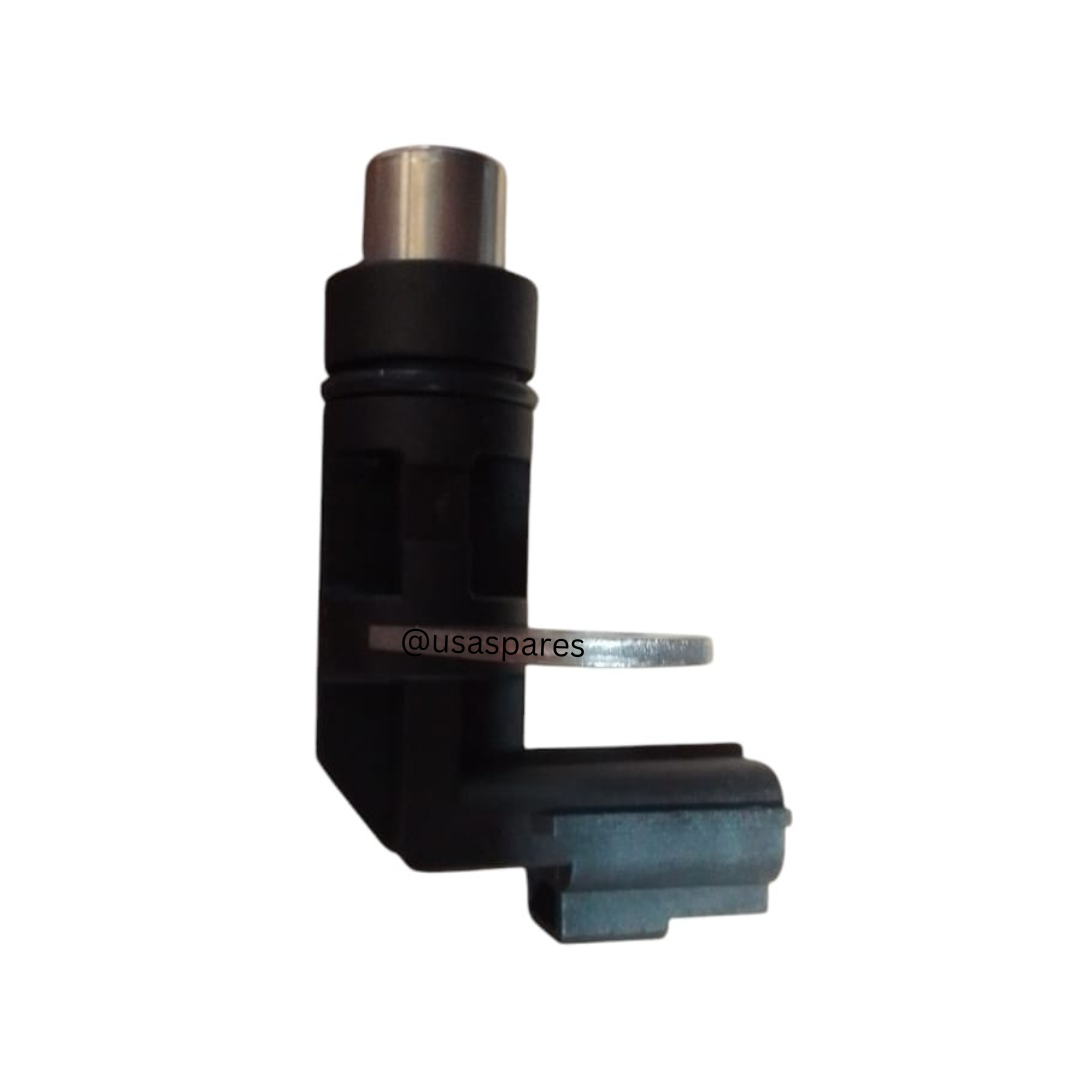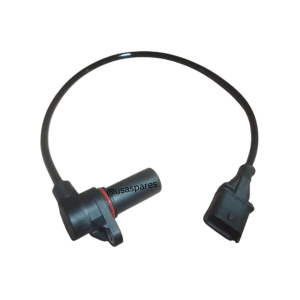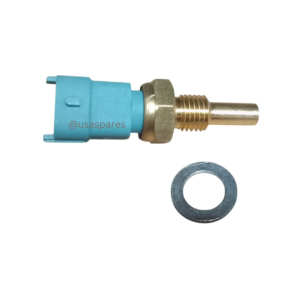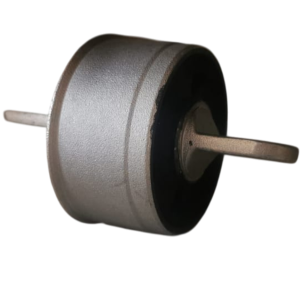Description
Jeep Cherokee 3.7 KJ Crankshaft Sensor – Critical for Engine Timing & Performance
The crankshaft sensor in the Jeep Cherokee 3.7 KJ plays a crucial role in the engine’s operation, as it is responsible for detecting the position and speed of the crankshaft. This sensor provides real-time data to the engine control unit (ECU), which is used to manage crucial engine functions, such as fuel injection and ignition timing. The information gathered from the crankshaft sensor allows the engine to operate at its most efficient, ensuring optimal performance and preventing potential damage due to misfires or improper timing.
If the crankshaft sensor malfunctions or fails, it can lead to a variety of serious issues. One of the most common symptoms of a faulty crankshaft sensor is engine misfires or failure to start. The ECU relies on this sensor to determine the precise moment to deliver fuel and spark to the engine. Without accurate data, the engine may fail to start or run inefficiently, resulting in rough idling, stalling, and poor fuel economy. Additionally, a faulty crankshaft sensor can trigger the check engine light, alerting you to the problem.
Replacing a faulty Jeep Cherokee 3.7 KJ crankshaft sensor with a high-quality OEM or aftermarket part is essential to restore proper engine function. Ensuring the crankshaft sensor is working correctly is crucial for avoiding costly repairs and maintaining the vehicle’s performance and reliability.
Key Features of Jeep Cherokee 3.7 KJ Crankshaft Sensor:
- Accurate Crankshaft Positioning: Provides precise data to the ECU for optimal engine timing and fuel delivery.
- Durable Construction: Built to withstand the high temperatures and harsh conditions within the engine bay.
- OEM Fit & Compatibility: Direct replacement for the factory-installed crankshaft sensor, ensuring proper fit and function.
- Improved Engine Efficiency: Helps maintain optimal ignition timing and fuel delivery for better performance and fuel economy.
- Prevents Engine Damage: Ensures that the engine runs smoothly, avoiding misfires or improper combustion.
Signs of a Failing Crankshaft Sensor:
- Engine Misfires or Stalling: A faulty sensor can cause inaccurate readings, leading to engine misfires or stalls.
- Difficulty Starting the Engine: The vehicle may fail to start or experience long cranking times.
- Check Engine Light: A malfunctioning sensor often triggers the check engine light to illuminate.
- Rough Idling or Poor Engine Performance: The engine may run roughly or display poor acceleration and fuel efficiency.
- Inconsistent or Erratic RPM: The engine may exhibit erratic or inconsistent revolutions per minute (RPM) due to incorrect data.
Why Replace a Faulty Crankshaft Sensor?
A malfunctioning crankshaft sensor can cause a series of engine issues, such as poor fuel economy, misfires, stalling, and a significant drop in performance. If left unaddressed, it can lead to further engine damage, ultimately resulting in costly repairs. Replacing a faulty sensor with a high-quality replacement ensures the engine’s timing is accurate, fuel efficiency is optimized, and the engine operates smoothly.
Installation & Maintenance Tips:
- Use OEM or High-Quality Aftermarket Sensors: Ensure the replacement part is compatible and reliable.
- Check for Diagnostic Codes: Use an OBD-II scanner to check for error codes related to the crankshaft sensor.
- Inspect Wiring and Connectors: Ensure the sensor’s wiring and connectors are intact, with no corrosion or wear.
- Clear Fault Codes: After replacing the sensor, make sure to clear any diagnostic codes from the vehicle’s ECU using a scanner.
For Jeep Cherokee 3.7 KJ owners, ensuring the crankshaft sensor is in top condition is essential for maintaining engine performance, preventing breakdowns, and optimizing fuel efficiency. Replacing a faulty sensor early can save money and avoid more serious engine issues in the future.

